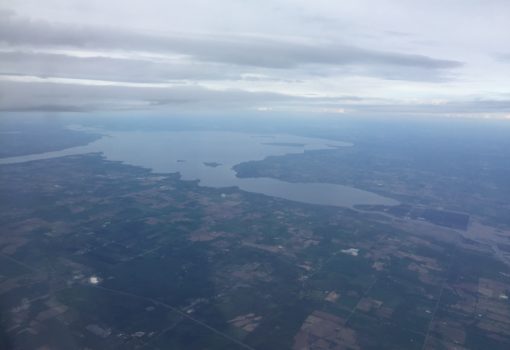
Variation in trophic ecology in Lake Superior
Food web ecology Bioenergetics
Lake Superior is one of the largest lakes in the world. While it can often be considered a homogeneous entity, in reality there is tremendous variation in the types of aquatic ecosystems it supports, and yet very little is known about how this variation affects rates of energy flow and the sources of energy among […]






